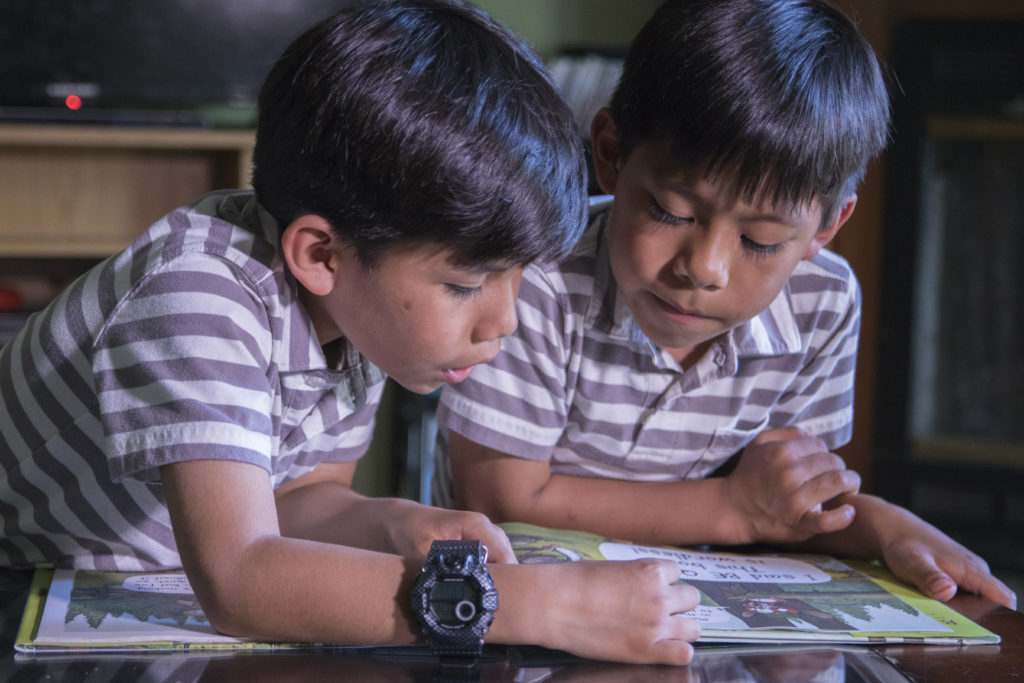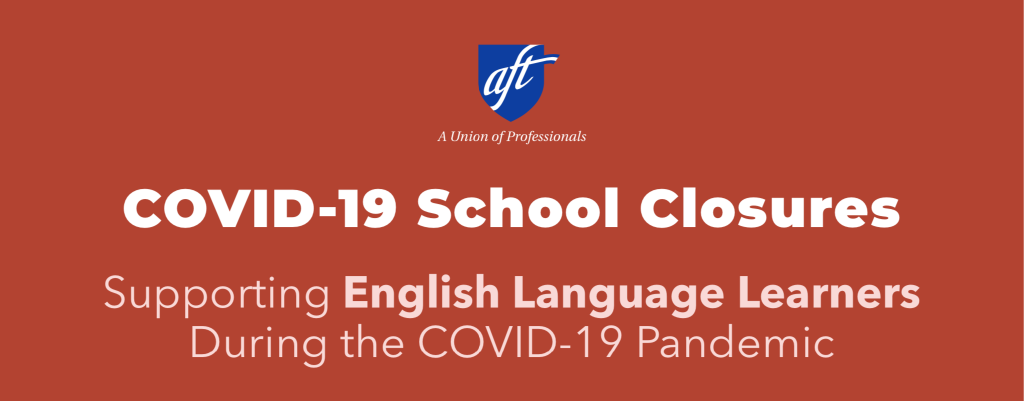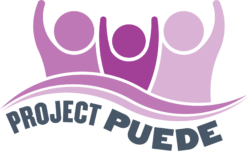Challenges for this nation’s educators and school personnel are unprecedented. Yet, we are rising to the occasion. More than 60 million children, including private school students, are no longer attending school and it appears unlikely they will return this school year. Most of these children will access some form of learning via a distance learning program or some iteration of remote learning. It is essential that districts and schools consider all the circumstances that may exacerbate the challenges ELLs may have in accessing remote learning.

While access to technology and appropriate equipment top the list, ELLs may also be in difficult situations where they may have food or housing insecurity issues due to their families’ loss of income, lack of transportation, or are providing child care for younger siblings or, if they’re older, having to work to support their families. They may also be afraid to access medical, internet or other basic services due to their immigration status, or feel isolated because they come from a low-incidence language group, which may also not have a written form. Please also keep in mind that xenophobic incidents have increased during this time, particularly against families of Chinese and Asian descent resulting in added anxiety, fear, isolation and stress for immigrant families. Bullying and harassment of any kind should not be tolerated.
Here are some considerations that can help individual educators, schools and districts:
• Ensure that students are receiving reminders on preventive measures regularly, as well as recommendations if they get sick.
• Encourage teachers and paraprofessionals to use visuals, videos and demonstrations with ELLs on steps like hand-washing and that they check students’ understanding of that information.
• Ensure that families know to be especially careful with vulnerable populations such as grandparents who may be caregivers or live with their families.
• Ensure that families receive this key information as well. Keep in mind that families will have different preferences on how they wish to communicate:
• Phone calls and texts.
Many families may prefer to communicate via phone and text. If your school has not established regular communication with ELL families, this is a good time to start. You can find recommendations for getting started in our ELL family outreach guide (bit.ly/3bXIrda). While in-person communication is always preferred, you may want to experiment with apps that translate for families, such
• Translated information.
Many COVID-19 resources have already been translated into other languages. Check with your local public health office to see if it has information serving the immigrant families in your community. You may also want to see if there are existing multilingual resources online, such as those compiled by Colorín Colorado (bit.ly/2VdZ39V). Note: Families with lower levels of literacy may not be able to read written handouts. Make information available in a variety of forms if possible.
• Community networks and media outlets.
Some immigrant communities may have robust communication networks within parent groups, with local organizations, or through media outlets in their language. Collaborating with these networks can provide a valuable two-way benefit both in sharing information and learning more about families’ questions, concerns and ideas.
• Know work expectations if you have any. If you are responsible for supporting ELLs, consider the following:
• How many students can you reasonably support?
• What does internet access look like for these students?
• What does your access look like? Keep a record of the time you are working each day and what you are doing.
• What are the accommodations/supports for the students you are working with?
• Which students are you unable to support? What does offline support look like for these students or students for whom an online platform in not appropriate? How will this material be provided to these students?
• What will work measurement look like over time?
• How much time will students need to reasonably complete assignments? Some ELL educators are reporting that their students and families are overwhelmed by multiple time-intensive assignments on varying platforms.
• What is the record-keeping mechanism for this transition period?
• How will this information be articulated to other team members?
• Establish a routine for yourself that includes taking breaks for personal care, meals, physical activity and emotional well-being.
• Connect with other practitioners as appropriate—grade-level peers, related service providers, community/advocacy agencies in online communities to exchange/share ideas; however, confidentiality must be maintained at all times.
• Help protect the civil rights of all students. Stop any bullying or harassment when it happens.
• Inform your students’ parents and peers of your “working hours”; this may be established by your district, however, an email communication may be needed to remind others of your availability.
• Take advantage of the many free virtual learning opportunities currently offered by colleges, universities, technology companies and other entities, many of which are offering badges, certificates and “freemium” access to technology products.
• Learn more about the approved technical platforms from your district, as well as
privacy policies regarding online learning and safeguards for immigrant students. If you need additional support or training from your district, ask for it. Other educators may benefit from this support as well!

